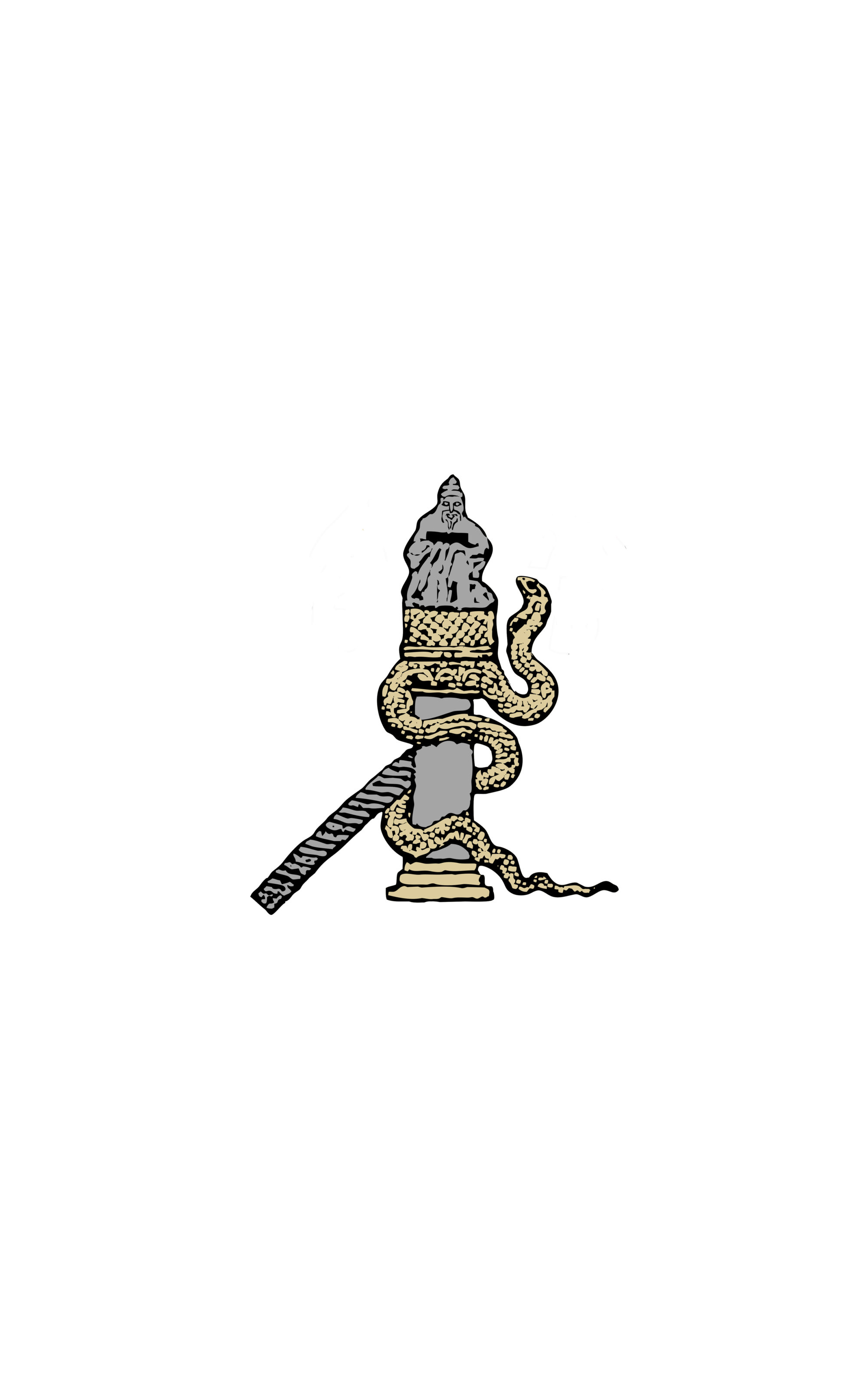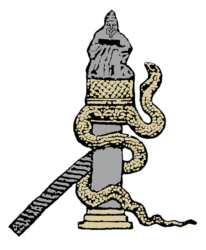Call for Papers
Sensing Divinity
Incense, religion and the ancient sensorium
***
Les sens du rite
Encens et religion dans les sociétés anciennes*
An international, interdisciplinary conference
23-24 June 2017, British School at Rome and the École française de Rome
Organisers
Mark Bradley, Associate Professor of Ancient History, University of Nottingham (mark.bradley@nottingham.ac.uk)
Beatrice Caseau, Professor of Byzantine History, University of Paris-Sorbonne (beatrice.caseau@paris-sorbonne.fr)
Adeline Grand-Clément, Associate Professor in Greek History, University of Toulouse Jean-Jaurès (adelinegc@yahoo.fr)
Anne-Caroline Rendu-Loisel, Post-Doctoral Researcher in Assyrology, University of Toulouse Jean Jaurès (acrenduloisel@hotmail.com)
Alexandre Vincent, Associate Professor in Roman History, University of Poitiers (alexandre.vincent@univ-poitiers.fr)
Keynote speakers
Joël Candau (University of Nice)
Esther Eidinow (University of Nottingham)
Summary (*available in French on request)
This conference will explore the history of a medium that has occupied a pivotal role in Mesopotamian, Greek, Roman and Judeo-Christian religious tradition: incense. According to Margaret E. Kenna in her provocative 2005 article ‘Why does incense smell religious?’, this aromatic substance became a diagnostic feature of Greek orthodoxy during the Byzantine period, but it is clear that incense was also extensively used in the rituals of earlier polytheistic societies to honour the gods. Fragrant smoke drifting up towards the heavens emblematized the communication that was established between the mortal and the immortal realms, which in turn contributed to the sensory landscape of the sanctuary.
Although several studies have drawn attention to the role of incense as an ingredient in ritual and a means of communication between men and gods, there remains no comprehensive examination of the practical functions and cultural semantics of incense in the ancient world, whether as a purifying agent, a performative sign of a transcendent world, an olfactory signal to summon the deity, a placatory libation, or food for the gods. Moreover, recent archaeological research has provided evidence (alongside literary, epigraphic and iconographic evidence) that the physical origins and chemical constituents of incense are complex and diverse, as are their properties: resins, vegetable gums, spices, and a welter of aromatic products that could be exhibited and burned before ancient eyes and noses. These were components of a multi-sensory religious experience in which music, colourful costumes, lavish banquets and tactile encounters defined the ritual sensibilities of the community.
During the two days of the conference, incense will be interrogated as a historical phenomenon. We will explore its materiality, provenance and production, as well as the economic and commercial aspects of the incense trade. The conference will also examine the mechanics of incense use and the various ways it was integrated into various Mediterranean rituals (following the lines of enquiry set out by N. Massar and D. Frère), as well as its role within religious topography. The properties associated with the term ‘incense’ will be evaluated in the context of work by M. Detienne on The Gardens of Adonis (1989): what components of incense make them effective and potent within ritual? And what mechanisms and processes are used to release their aromas? And what was the perception of incense by the various participants of the ritual – deities, priests, assistants, spectators? These research questions will be informed by the recent research synergies of the organisers: M. Bradley, whose edited volume Smell and the Ancient Senses (Routledge, 2015) probes ‘foul’ and ‘fragrant’ odours as part of both human and divine social relations; A. Grand-Clément and A.-C. Rendu-Loisel, who lead the Toulouse research project on Synaesthesia that is dedicated to the interdisciplinary and comparative study of polysensoriality in ancient religious practice; and A. Vincent, who is engaged in the study of sensory perception in Roman ritual in his work on the Soundscapes (Paysages sonores).
This conference sets out to compare approaches across a range of disciplines in order to examine the role and significance of incense in ancient religion, and compare it to later aromatic practices within the Catholic Church. By adopting this cross-disciplinary and comparative approach, we hope to move beyond a universalist approach to religious aromatics and reach a more sophisticated understanding of the religious function of incense in the Mediterranean world: we hope to identify continuities in both the practice and interpretation of incense, as well as to identify specific features within individual historical contexts and traditions.
Although the conference is principally concerned with the use of incense in antiquity, we also welcome contributions from Byzantine and Medieval scholars, as well as church historians, to help provide a comparative perspective on the use and significance of incense within the Mediterranean world. We also hope to use the conference’s setting in Rome to examine current practice in the use of incense and aromatics in Roman Catholic contexts and other religious traditions. The conference will also provide an opportunity to examine first-hand the material properties of incense through a practical workshop around incense-production and burning (co-ordinated by A. Declercq, one of the scientific researchers on the Synaesthesia project at Toulouse), which will allow participants to handle a range of aromatic products and experience their various multi-sensory properties. The outcome of this workshop will be presented as the Musée Saint-Raymond at Toulouse in November 2017, as part of an exhibition on ‘Greek rituals: a sensible experience’, currently in preparation.
It is hoped that this conference will be of interest to scholars working in archaeology, anthropology, cultural history, literature, art history, and the history of religion, as well as local artists and members of the public. Papers should last approximately 20 minutes, and may be in English, Italian or French; they should be original and should not have been previously published or delivered at a major conference.
Paper topics might include, but are certainly not limited to, the following themes related to incense:
• Material and chemical properties
• Geography and distribution
• Economics and commerce
• Production and release
• Religious topography
• Transcendence and supernatural experience
• Transition and rites of passage
• Incorruptibility and immortality
• Relationship to perfumes
• Sacred and profane scents
• Religious experience and synaesthesia
• Community and homogenous sensations
• Concealment of unwashed humanity and smells of sacrifice
• Fumigation and purification
• Drama and performance
• Frankincense and myrrh
• Censers and censing
• Judaeo-Christian traditions
Abstracts of approximately 200-300 words should be submitted by 31 October 2016 to Mark Bradley (mark.bradley@nottingham.ac.uk) or Adeline Grand-Clément (adelinegc@yahoo.fr). Successful contributions may be considered for publication in a conference volume.
This conference has been funded with generous support from the École française de Rome, the British School at Rome, the Institut Universitaire de France and the IDEX of the University of Toulouse.

